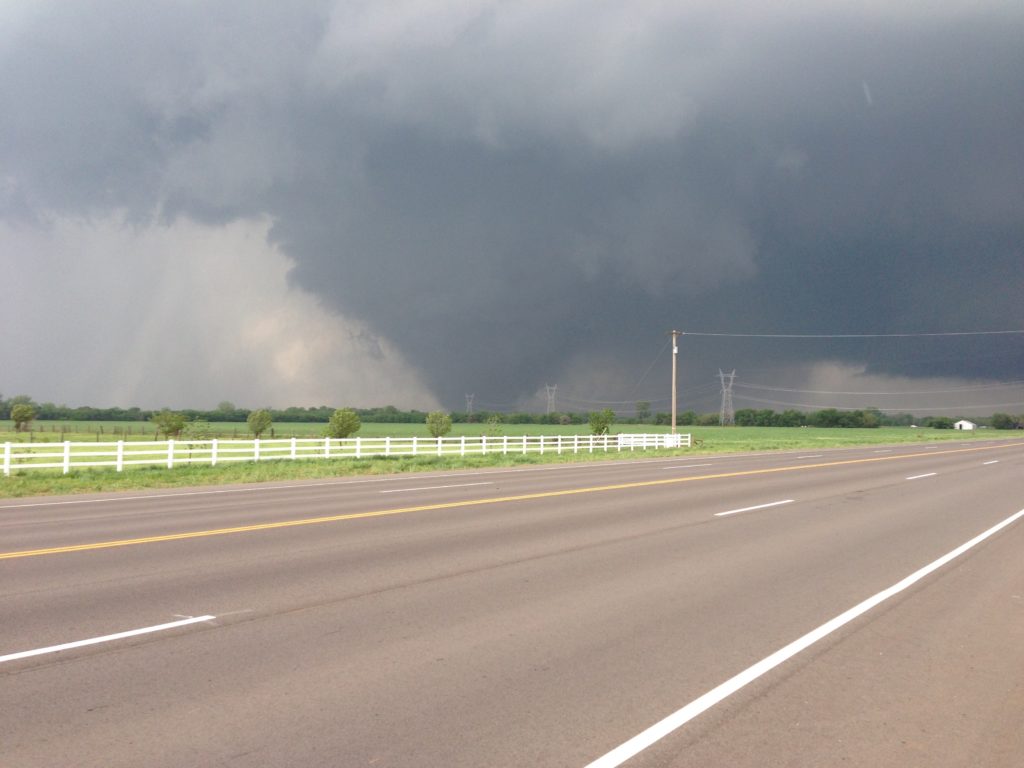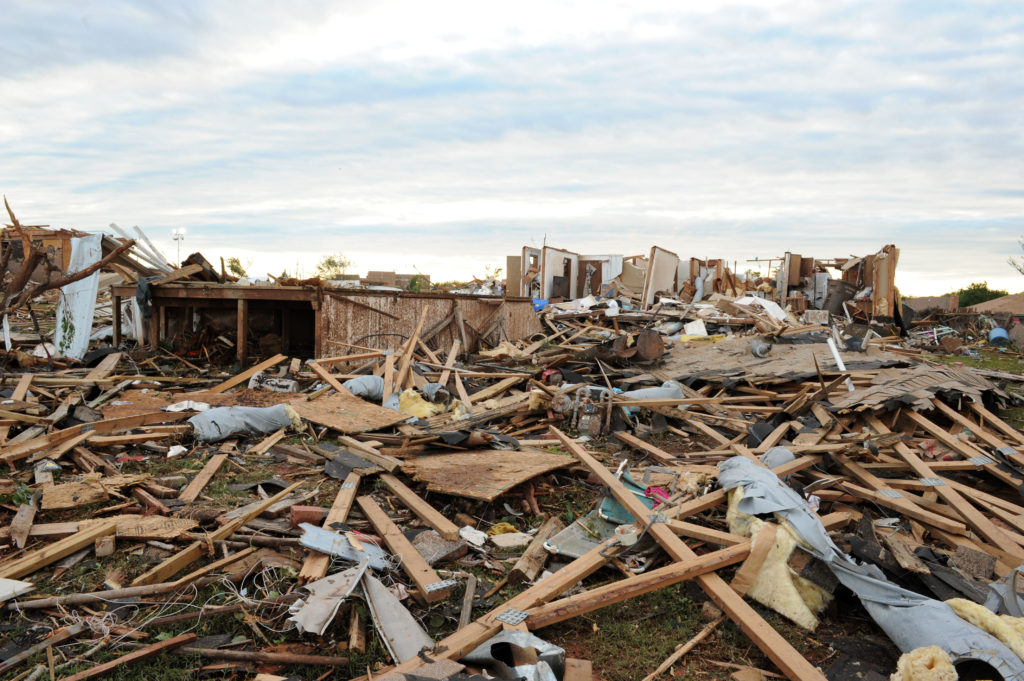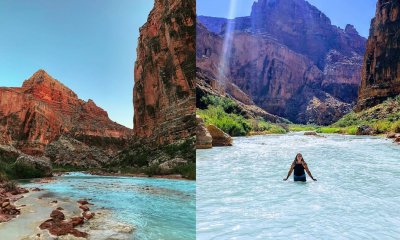Oklahoma
Here are the 10 Biggest Risks with Living in Oklahoma
Living in Oklahoma offers many benefits, including a low cost of living, friendly communities, and diverse landscapes. However, like any place, there are risks associated with residing in the Sooner State. Here are ten risks to consider:
Severe Weather

Credit: https://en.wikipedia.org/wiki/2013_Moore_tornado
Oklahoma is located in the heart of “Tornado Alley,” experiencing frequent tornadoes, severe thunderstorms, and hailstorms during the spring and summer months. These weather events can pose significant risks to life and property.
Natural Disasters

Credit: https://www.insurancejournal.com/magazines/mag-features/2014/02/24/320815.htm
Apart from tornadoes, Oklahoma is susceptible to other natural disasters such as floods, wildfires, and earthquakes, particularly in regions with oil and gas extraction activities.
Extreme Temperatures

Credit: https://www.reddit.com/r/oklahoma/comments/hnsxlt/already_sick_of_summer/
Oklahoma experiences a wide range of temperatures throughout the year, from hot and humid summers to cold winters. Extreme heatwaves and cold snaps can occur, leading to health risks and increased energy costs for heating and cooling.
Health Concerns
Oklahoma has higher rates of certain health issues compared to national averages, including obesity, diabetes, and cardiovascular disease. Access to healthcare services may also be limited in rural areas.
Economic Vulnerability
The Oklahoma economy is heavily reliant on industries such as oil and gas, agriculture, and manufacturing. Economic downturns in these sectors can impact employment rates and household incomes.
Environmental Hazards
Industrial activities, including oil drilling and fracking, can lead to environmental pollution and contamination of air, water, and soil. Residents may face health risks from exposure to pollutants.
Limited Public Transportation
Oklahoma has a predominantly car-dependent transportation system, with limited public transportation options in many areas. This can be challenging for those without access to a vehicle, particularly in rural communities.
High Crime Rates
Certain parts of Oklahoma, especially urban areas, experience higher crime rates compared to national averages. Property crimes, such as burglary and theft, are particularly common in some neighborhoods.
Educational Challenges
Oklahoma’s public education system faces various challenges, including funding shortages, teacher shortages, and disparities in educational outcomes between urban and rural schools. Access to quality education may be limited in some areas.
Environmental Degradation
Rapid urbanization and industrial development in Oklahoma can contribute to environmental degradation, including habitat loss, soil erosion, and water pollution. Conservation efforts are important to mitigate these risks and preserve natural resources for future generations.

















